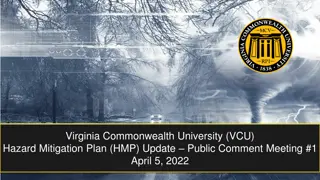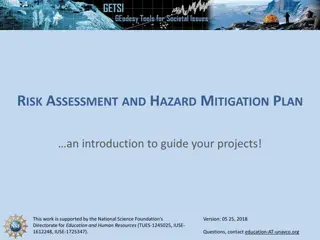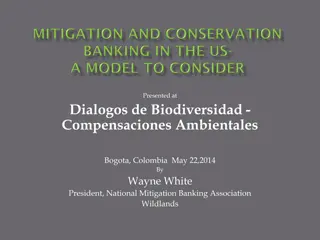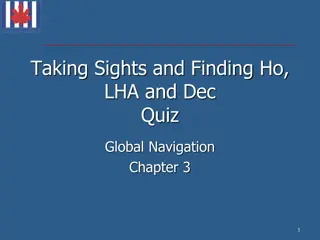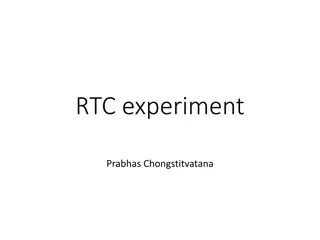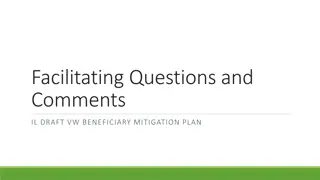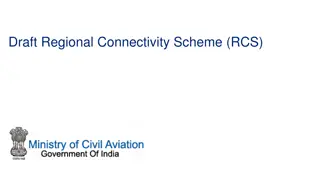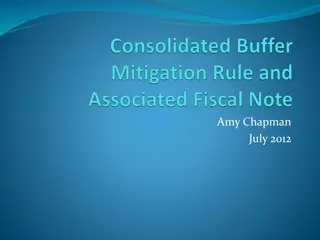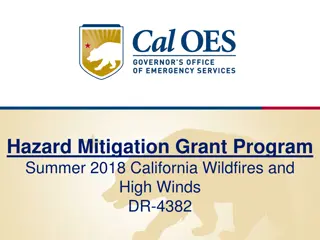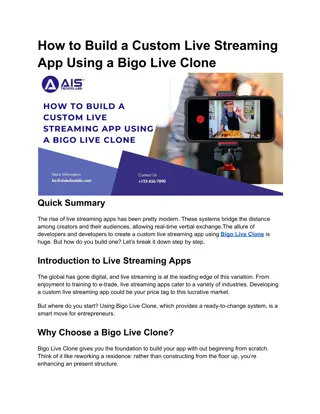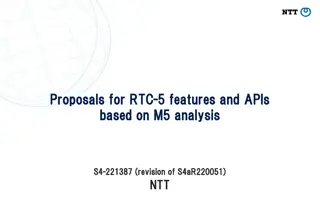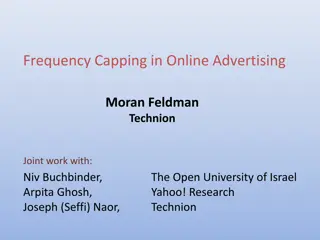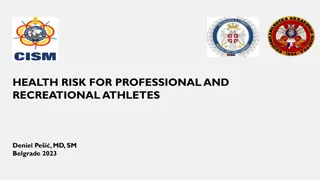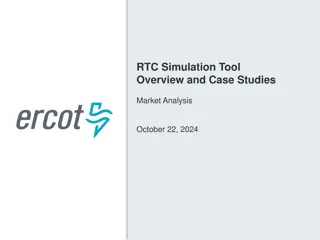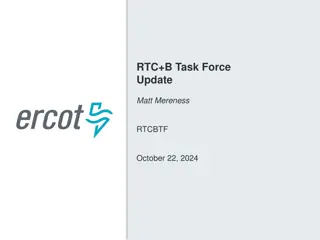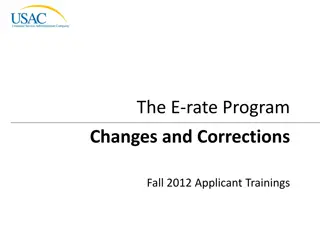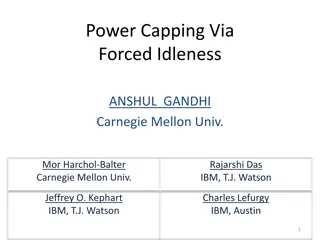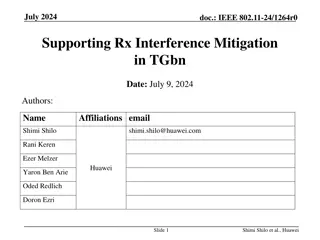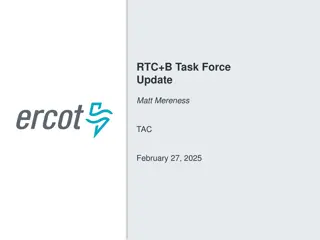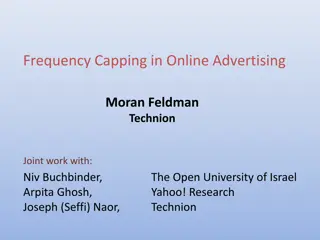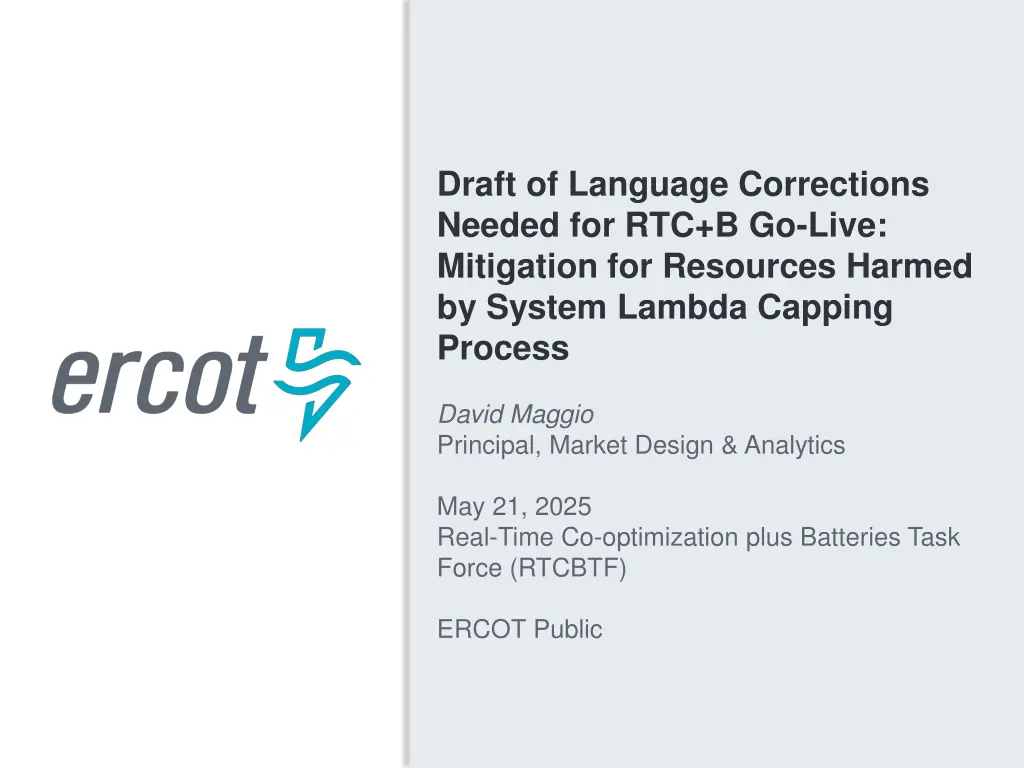
Mitigation Strategy for Resource Harm from System Lambda Capping Process
Explore the mitigation strategy for resources potentially harmed by the system lambda capping process during the Real-Time Co-optimization + Batteries Task Force initiative. Learn about the background, illustrative examples, and ERCOT's proposed solutions to address these concerns effectively.
Download Presentation

Please find below an Image/Link to download the presentation.
The content on the website is provided AS IS for your information and personal use only. It may not be sold, licensed, or shared on other websites without obtaining consent from the author. If you encounter any issues during the download, it is possible that the publisher has removed the file from their server.
You are allowed to download the files provided on this website for personal or commercial use, subject to the condition that they are used lawfully. All files are the property of their respective owners.
The content on the website is provided AS IS for your information and personal use only. It may not be sold, licensed, or shared on other websites without obtaining consent from the author.
E N D
Presentation Transcript
Draft of Language Corrections Needed for RTC+B Go-Live: Mitigation for Resources Harmed by System Lambda Capping Process David Maggio Principal, Market Design & Analytics May 21, 2025 Real-Time Co-optimization plus Batteries Task Force (RTCBTF) ERCOT Public
Background Following discussion at a previous RTCBTF, Dr. Shams Siddiqi reached out with questions and a concern that a Resource could be financially harmed as a result of the process of capping the Real-Time Market System Lambda. From grey-boxed Protocol 6.5.7.3(15)(d): The System Lambda used to determine LMPs from SCED Step 2 shall be capped at the effective VOLL. This approach was an outcome of commission direction in 2019, with a memo filed by the chair and subsequent discussion at an open meeting with the full commission. ERCOT staff agrees with Dr. Siddiqi s concern and has identified that a Resource, particularly Resource dispatched by Security-Constrained Economic Dispatch (SCED) may be harmed financially under the following conditions: The capping process is triggered; For a Generation Resource or an Energy Storage Resource (ESR), the Resource s Base Point is greater than its Low Dispatch Limit (LDL); and The Locational Marginal Price (LMP), after capping is applied, is less than the price on the Resource s Energy Offer Curve or Energy Bid/Offer Curve. We ll walk through a simple example of the issue. 2 PUBLIC
Illustrative Example of the Criteria Being Met Example for a Generation Resource: For this example: Let s assume the Resource isn t qualified to provide Ancillary Services. The Generation Resource was marginal with an intersection of 70 MW and $50/MWh on it s submitted Energy Offer Curve. The LMP after capping is no longer in alignment with the Resource s offer, now -$150/MWh. Expected energy revenue based on the marginal offer = $3,500 * the interval length. 70*50*interval length Actual energy revenue after capping = -$10,500 * the interval length 70*-150*interval length. High Dispatch Limit (HDL) 100 MW LDL 40 MW Base Point 70 MW System Lambda before capping LMP before capping System Lambda after capping $5,200/MWh $50/MWh $5,000/MWh LMP after capping -$150/MWh 3 PUBLIC
Background cont. To be clear, this issue is not new. It is a function of the System Lambda capping process, which has been in place since the development of the RTC Key Principles. However, thinking through this process was reinitiated following discussions on Nodal Protocol Revision Request (NPRR) 1268. It should not be assumed that capping always leads to this type of harm. In many cases and for the majority of Resources, either the capped LMP is still greater than the Resource s offer or the Resource is already being backed down to LDL and the Resource is not setting the price. Instances will be limited to times of deep scarcity and severe congestion. We did not find any cases of this harm occurring when looking at our historical 2023/2024 RTC simulation work. However, we did begin to see occurrences if we took those historical cases and made significant increases to Generation-to-be-Dispatched (GTBD) to simulate higher scarcity conditions than what existed in those years. 4 PUBLIC
ERCOTs Proposed Solution While occurrences are expected to be limited, the impacts to Qualified Scheduling Entities (QSE) could be severe. As such, it s appropriate to have some mechanism that can be used in the near- term to provide relief. Our proposal is to make use of existing emergency operations settlement logic, similar to what is used in the case of a Real-Time Market price correction or dispatch limit manual override. The formulas used for determining any compensation would be based on what already exists in Protocol section 6.6.9.1, Payment for Emergency Operations Settlement. Draft language is being proposed for Protocol sections 6.5.7.3 and 6.6.9 to describe this scenario and point to the use of existing Protocol 6.6.9.1 logic. 5 PUBLIC
Draft Proposed Language 6 PUBLIC
Draft Proposed Language cont. 7 PUBLIC
Quick Refresher on How 6.6.9.1(2) Settlement Works Under RTC Under RTC, paragraph (2) of Section 6.6.9.1 logic is designed to take into account both energy and Ancillary Services for a Resource when considering harm to its QSE, where Ancillary Service revenues may offset otherwise deficient energy revenues. Example 1 (no Ancillary Services, like on slide 3) : Note: a negative value means a payment from ERCOT to the QSE 8 PUBLIC
Quick Refresher on How 6.6.9.1(2) Settlement Works Under RTC cont. Example 2 (Resource is awarded some small amount of Ancillary Services) : Note: a negative value means a payment from ERCOT to the QSE 9 PUBLIC
Quick Refresher on How 6.6.9.1(2) Settlement Works Under RTC cont. Example 3 (Resource is awarded a larger amount of Ancillary Services) : Note: a negative value means a payment from ERCOT to the QSE 10 PUBLIC
Additional Notes The language for this proposal is included in the draft NPRR shared with the RTCBTF today. It should be noted that the proposed language changes do not include Controllable Load Resources (CLRs). While these Resources may have some similar risks in theory, no emergency operations settlement currently exist for CLRs and new processes and systems will need to be created to capture CLRs in any type of compensation mechanism. It s also much more unlikely that a CLR could see these conditions, as they are settled at a Load Zone price. We recognize that our proposal may only be a near-term solution as we look to RTC+B implementation in December. However, it may be reasonable in the longer-term to consider alternative mitigation measures that have further reaching software changes or policy considerations. 11 PUBLIC

